Repairing a cracked steel cup can save you the cost of replacement while extending the life of your item. Whether it’s a cherished heirloom or a daily-use cup, proper gluing techniques can restore its functionality and durability. This guide will walk you through the necessary steps and materials for how to glue cracked steel cups, ensuring a secure and lasting repair.
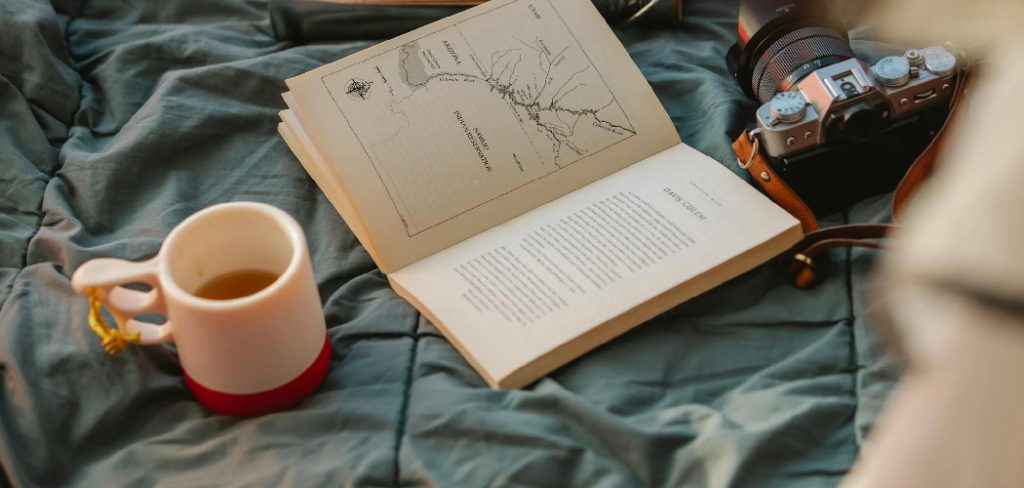
Issue of Cracking Steel Cups
Cracking in steel cups can occur due to a variety of reasons, including prolonged use, exposure to extreme temperature changes, or accidental drops. Over time, the structural integrity of steel can weaken, especially if subjected to repeated stresses such as hot liquids followed by rapid cooling. Additionally, manufacturing defects or low-quality steel may contribute to premature cracking. These cracks not only compromise the functionality of the cup but can also pose safety concerns, such as leakage or sharp edges. Understanding the causes of cracking is crucial for both prevention and effective repair.
Understanding the Types of Cracks in Steel Cups
Before beginning the repair process, it is essential to identify the type of crack in your steel cup, as this will determine the appropriate method for fixing it. Cracks can generally be categorized into three types:
- Hairline Cracks: These are thin, superficial cracks that may not immediately affect the functionality of the cup. They typically occur due to gradual wear and tear or minor stresses over time. While they may seem insignificant, addressing them promptly can prevent further damage.
- Through Cracks: These are more severe and run through the entire thickness of the steel. Through cracks often result from significant impacts or prolonged exposure to extreme temperature fluctuations. They can lead to leaks and weaken the structural stability of the cup.
- Stress Cracks: These cracks typically form around weak points, such as welded seams or handles. Stress cracks are often caused by manufacturing defects or repeated stress on specific areas. They can gradually spread if not repaired, compromising the cup’s overall integrity.
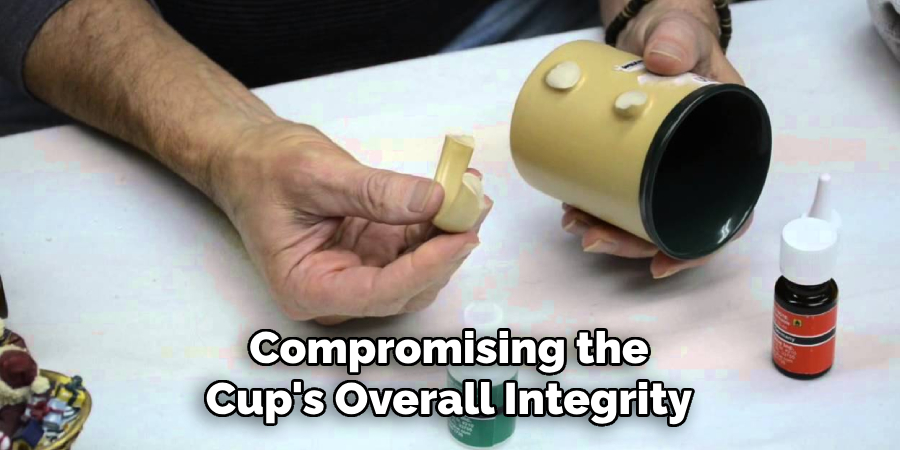
Understanding the type of crack in your steel cup will help you select the correct adhesive and repair method to ensure a durable and effective fix.
10 Methods How to Glue Cracked Steel Cups
1. Using Epoxy Resin
Epoxy resin is one of the most effective adhesives for bonding cracked steel, as it provides a strong, durable bond. Epoxy consists of two parts: a resin and a hardener. To repair a cracked steel cup, mix the epoxy resin and hardener according to the manufacturer’s instructions, usually in a 1:1 ratio. Apply the mixture to the cracked areas using a disposable brush or spatula. Press the two sides of the crack together and hold them in place for the time specified in the instructions, typically 5-10 minutes. Allow the epoxy to cure fully for 24-48 hours for maximum strength. This method works well for repairing both large and small cracks and can restore the cup’s original structure.
2. Using Super Glue (Cyanoacrylate)
For smaller cracks or fissures in a steel cup, super glue, or cyanoacrylate, is a quick and effective solution. This adhesive bonds instantly and creates a strong hold on metal surfaces. To use super glue, clean and dry the cracked area of the steel cup. Apply a small amount of glue to the crack, being careful not to use too much as it can spill over onto other areas. Hold the cracked edges together for a few seconds until the bond sets. Although super glue provides a fast fix, it may not be as durable or long-lasting as epoxy, particularly for cups that will be used frequently or exposed to heat.
3. Using Metal Bonding Adhesive
Metal bonding adhesives are specifically formulated to create strong, permanent bonds between metal surfaces. These adhesives are ideal for repairing cracked steel cups, as they offer superior strength and resistance to temperature changes, water, and chemicals. To use, clean and dry the cracked area thoroughly. Then, apply the bonding adhesive generously to both sides of the crack. Press the edges of the crack together, and allow the adhesive to set according to the manufacturer’s recommended time.
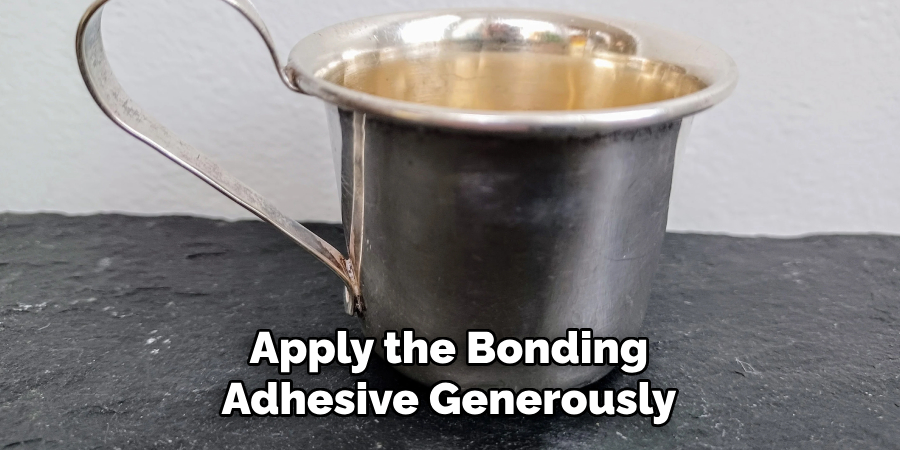
4. Using JB Weld (Cold Weld)
JB Weld is a well-known brand that specializes in cold welding, a process that creates a strong bond between metals without heat. This is an ideal solution for fixing cracked steel cups, as it is resistant to water, chemicals, and high temperatures. To use JB Weld, mix the two components of the cold weld (epoxy putty or liquid) according to the instructions. Apply the mixture to the crack and smooth it over the damaged area. Hold the crack together, and allow the adhesive to cure fully, typically for 4-6 hours. JB Weld is known for its ability to bond metal surfaces with a strong, lasting hold that can withstand both heavy use and exposure to various environmental factors.
5. Using Two-Part Acrylic Adhesive
Two-part acrylic adhesives are strong and versatile bonding agents that can be used for repairing cracked steel cups. These adhesives generally provide a fast cure time and a clear finish, which makes them a good choice for fixing visible cracks without leaving an unsightly residue. To use a two-part acrylic adhesive, mix the resin and hardener in the recommended proportions. Apply the mixture to the cracked area using a precision applicator or small spatula. Press the crack together and allow the adhesive to cure fully, which may take anywhere from 15 minutes to a few hours.
6. Using Silicone Sealant
Silicone sealant is another option for gluing cracked steel cups, especially when the crack isn’t particularly deep or large. Silicone offers flexibility and water resistance, making it an ideal choice for cups that may be exposed to moisture. To repair the crack, clean and dry the area thoroughly. Apply a generous bead of silicone sealant along the crack, and use a smoothing tool or your finger to smooth it out and ensure that it adheres well to the steel. Allow the silicone to cure for 24 hours for the best results.
7. Using Weldable Steel Epoxy
Weldable steel epoxy is another option for repairing cracks in steel, designed to provide a bond that is similar to welding without the need for specialized equipment. This epoxy has the ability to bond strongly with metal surfaces, making it ideal for repairing cracked steel cups that are subject to pressure or heavy use. To use, mix the two components of the epoxy according to the manufacturer’s instructions. Apply the mixture to the crack, ensuring that both sides are covered. Hold the pieces together while the epoxy sets, then allow it to cure for the recommended time.
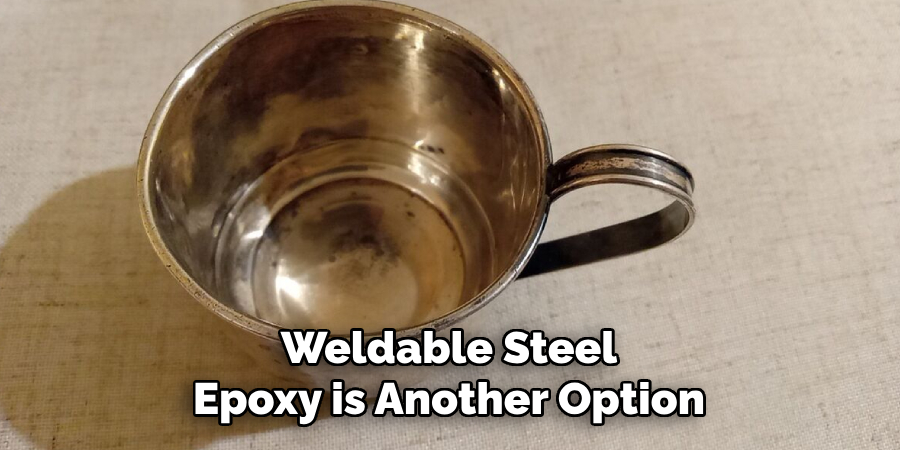
8. Using a Heat Gun and Metal Filler Rod
For larger cracks in a steel cup, using a heat gun along with a metal filler rod can be an effective repair method. This method involves heating the cracked area to a high temperature and then applying a metal filler rod to fuse the crack together. First, clean the cracked area and use a heat gun to heat the metal until it becomes soft enough to accept the filler rod. Apply the rod to the crack, and use a welding technique to fuse the metal together. This method is more involved and requires some level of skill, as improper application can lead to further damage.
9. Using Epoxy Putty
Epoxy putty is a moldable adhesive that can be used to repair cracks in steel cups. It’s particularly effective for larger or deeper cracks that cannot be addressed with traditional liquid adhesives. To use, knead the epoxy putty until it becomes pliable, then apply it directly to the cracked area, pressing it into the gap. Smooth the putty over the surface to ensure a tight bond, and allow it to cure according to the instructions. Once cured, epoxy putty hardens into a strong, durable repair that is resistant to heat, moisture, and chemicals. This method is ideal for quick fixes, especially for larger cracks or holes in the steel cup.
10. Professional Welding Repair
If the crack in the steel cup is too large or deep to be repaired with adhesives, professional welding may be the best option. A skilled welder can repair the crack by melting and fusing the steel together, restoring the cup to its original strength and appearance. While this is a more expensive and involved solution, it is the most permanent option for repairing significant cracks in a steel cup. Professional welding ensures that the cup will maintain its integrity and usability, especially for high-use or valuable items. After welding, the cup may require polishing or finishing to smooth out the surface and remove any signs of the repair.
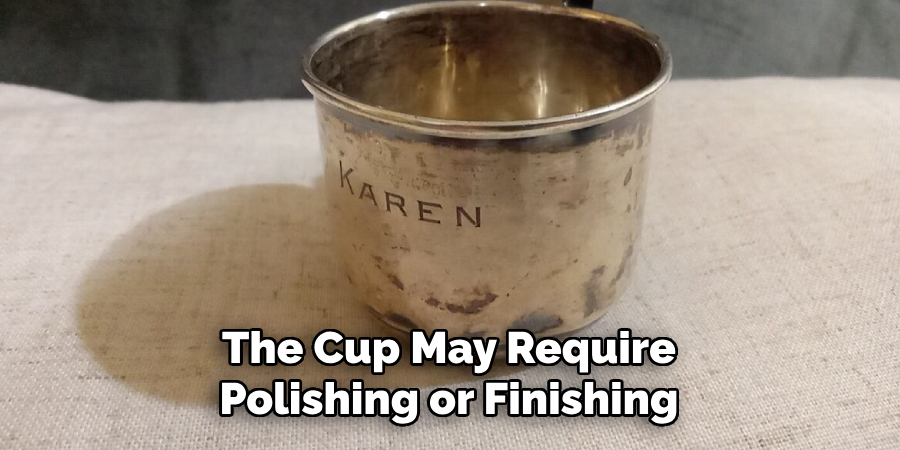
Conclusion
Repairing a cracked steel cup is a practical and achievable task with the right tools and methods. From using adhesives like JB Weld and two-part acrylics for strong bonds to employing professional welding for significant damage, there are solutions for every level of repair. Each method has its unique advantages, whether it’s the flexibility of silicone sealant, the durability of epoxy putty, or the precision of a heat gun with a filler rod. Thanks for reading, and we hope this has given you some inspiration on how to glue cracked steel cups!
Edmund Sumlin is a skilled author for Metal Fixes, bringing 6 years of expertise in crafting a wide range of metal fixtures. With a strong background in metalwork, Edmund’s knowledge spans various types of fixtures, from decorative pieces to functional hardware, blending precision with creativity. His passion for metalworking and design has made him a trusted resource in the industry.
Professional Focus:
- Expert in Metal Fixtures : Edmund aesthetic specializes in creating durable and innovative metal fixtures, offering both appeal and functionality. His work reflects a deep understanding of metalworking techniques and materials.
- Sustainability Advocate : He is dedicated to using sustainable practices, ensuring that every fixture is crafted with eco-friendly methods while maintaining high-quality standards.
In his writing for Metal Fixes, Edmund provides valuable insights into the latest trends, techniques, and practical advice for those passionate about metal fixtures, whether they are professionals or DIY enthusiasts. His focus on combining artistry with engineering helps others discover the true potential of metal in design.


